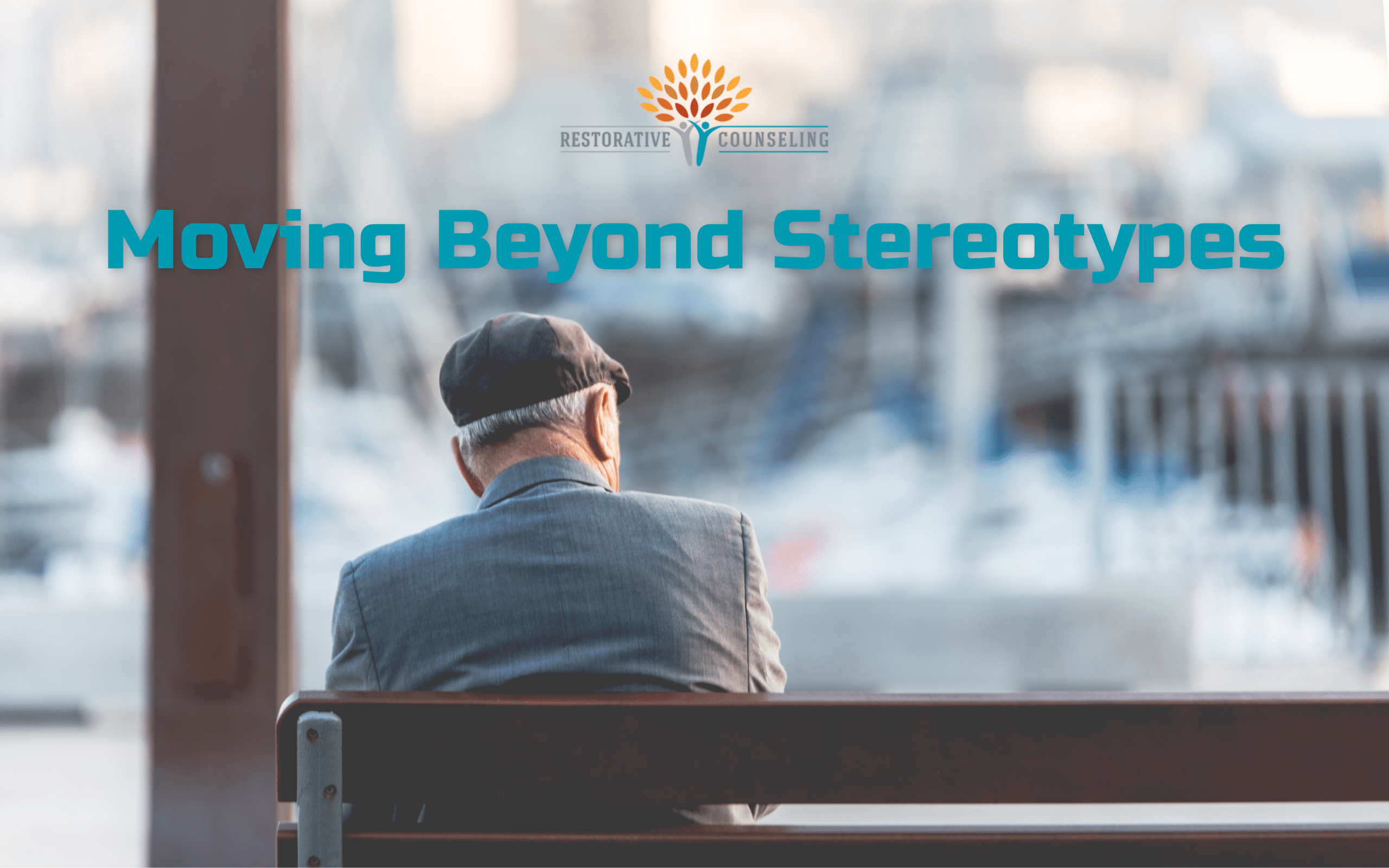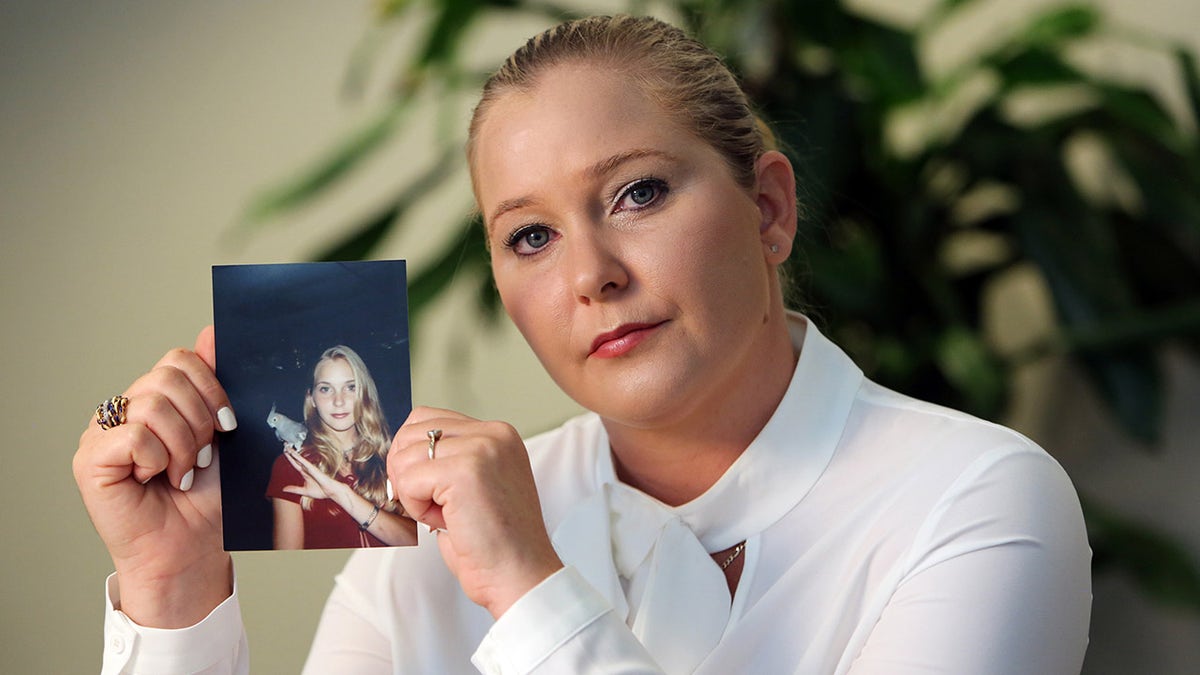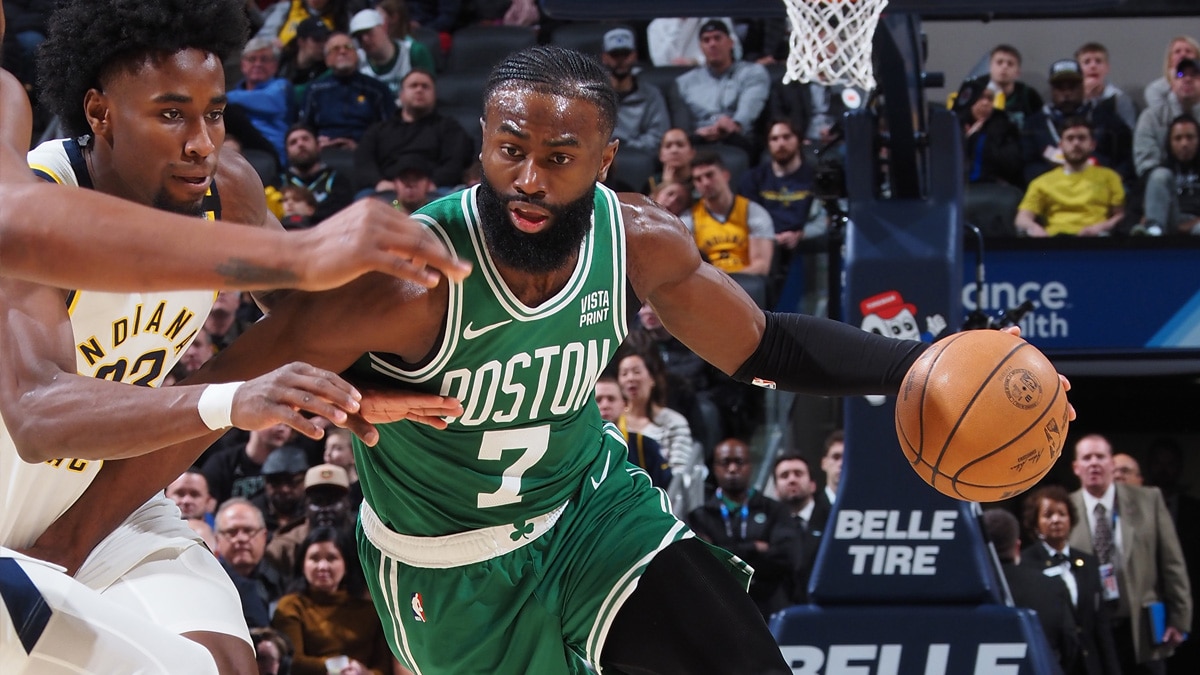Asian And Asian American Representation In Media: Moving Beyond Stereotypes

Table of Contents
Historical Context: A Legacy of Stereotypes
The history of Asian representation in media is unfortunately riddled with harmful and reductive stereotypes. These portrayals have created a lasting impact on how Asian and Asian American individuals are perceived in society.
The "Perpetual Foreigner" Trope
The "perpetual foreigner" trope depicts Asians as outsiders, regardless of their citizenship or length of residence. They are often seen as inherently different and never truly belonging.
- Examples: The character of Long Duk Dong in "Sixteen Candles" exemplifies this trope, portraying an Asian male as a hypersexualized and comedic figure. Many older films depict Asian characters with broken English and limited agency.
- This constant othering fosters a sense of alienation and prevents Asian Americans from being seen as fully integrated members of society. The impact is felt by individuals and communities alike, shaping social interactions and opportunities.
The Model Minority Myth
The "model minority" myth paints a picture of Asians as uniformly successful, docile, and passively obedient. This seemingly positive stereotype is, in reality, incredibly damaging.
- Examples: Many media portrayals focus on Asian characters excelling academically or professionally without acknowledging the struggles and systemic barriers faced by many. This can be seen in various TV shows and films where the sole Asian character is the hyper-intelligent, quiet, and hardworking individual.
- This myth places immense pressure on real-life Asian individuals and ignores the vast diversity of experiences within the Asian community. It erases the struggles faced by many, including poverty, discrimination, and mental health challenges. It also creates divisions amongst minority groups.
Other Harmful Stereotypes
Beyond the "perpetual foreigner" and "model minority" myths, other harmful stereotypes persist, including:
- Hypersexualization: The fetishization of Asian women as submissive and exotic objects of desire.
- The "Dragon Lady": The portrayal of Asian women as cunning, manipulative, and villainous figures.
- The emasculated Asian male: The depiction of Asian men as weak, effeminate, and sexually undesirable.
These stereotypes are often rooted in historical prejudice and colonialism and continue to fuel negative perceptions and discrimination.
Current State of Representation: Progress and Persistent Challenges
While we have witnessed a slight increase in the visibility of Asian and Asian American actors and creators in recent years, significant challenges remain.
Increased Visibility, but Limited Depth
The rise of actors like Awkwafina and Simu Liu represents progress, but their success should not overshadow the larger issue of limited depth and diversity in roles.
- Positive Examples: "Crazy Rich Asians" and "Everything Everywhere All At Once" showcased complex and nuanced portrayals of Asian characters.
- Persistent Stereotypes: Many roles continue to rely on tired tropes, reinforcing harmful stereotypes rather than fostering genuine understanding.
- Intersectional Representation: We need to move beyond simple representation to embrace intersectional representation, acknowledging the diversity within the Asian community based on gender, class, sexuality, and other factors.
The Importance of Authentic Storytelling
Authentic storytelling is paramount. The narratives about Asian and Asian American communities should be shaped by the voices within these communities.
- Successful Examples: Shows and films where Asian and Asian American creators are at the helm often offer more genuine and insightful portrayals.
- Lived Experience: Creators with lived experience bring an authenticity and understanding that cannot be replicated.
- Behind-the-Scenes Representation: Representation needs to extend beyond the actors to include writers, directors, producers, and other key creative roles.
Representation in Different Media
The issue of representation extends beyond film and television to encompass advertising, video games, and other media platforms.
- Advertising: Often relies on stereotypical imagery, perpetuating harmful tropes.
- Video Games: Characters are frequently underrepresented or rely on harmful stereotypes.
Moving Forward: Strategies for Improved Representation
Addressing the issue of Asian and Asian American representation requires a multifaceted approach.
Amplifying Asian and Asian American Voices
Providing opportunities for Asian and Asian American creators and actors is critical.
- Mentorship programs: To support and guide emerging talent.
- Funding initiatives: To provide financial resources for diverse storytelling.
- Casting quotas: To ensure fair and equitable representation in media.
Promoting Media Literacy and Critical Engagement
Encouraging critical analysis of media portrayals is crucial in combating stereotypes.
- Educational resources: To help audiences identify and challenge stereotypes.
- Critical analysis tools: To equip audiences with the skills to assess media messages.
The Role of Media Companies and Institutions
Media companies have a significant responsibility to actively promote diversity and inclusion.
- Diversity hiring goals: To increase the representation of Asian and Asian American individuals in all aspects of media production.
- Inclusive content guidelines: To ensure that stories reflect the diversity of the Asian community and avoid harmful stereotypes.
Conclusion
The journey toward authentic and diverse Asian and Asian American representation in media requires a concerted effort from creators, media companies, and audiences alike. The legacy of harmful stereotypes is deeply ingrained, but by amplifying Asian and Asian American voices, promoting media literacy, and demanding accountability from media companies, we can work towards a future where the diversity of the Asian community is accurately and respectfully reflected on screen. Let's demand better Asian representation, support authentic Asian American media, and fight stereotypes in Asian media – together, we can create a more inclusive and equitable media landscape.

Featured Posts
-
 Virginia Giuffres Car Crash Four Days To Live Claim
May 12, 2025
Virginia Giuffres Car Crash Four Days To Live Claim
May 12, 2025 -
 Two Unlikely Celtics Reach 40 Points A Historic Night
May 12, 2025
Two Unlikely Celtics Reach 40 Points A Historic Night
May 12, 2025 -
 Mtv Unplugged Every Episode Now Streaming
May 12, 2025
Mtv Unplugged Every Episode Now Streaming
May 12, 2025 -
 Rochelle Humes Fashion Week Hairstyle A Close Look
May 12, 2025
Rochelle Humes Fashion Week Hairstyle A Close Look
May 12, 2025 -
 Television Reactions A L Arrivee De Cyril Hanouna Sur M6
May 12, 2025
Television Reactions A L Arrivee De Cyril Hanouna Sur M6
May 12, 2025
